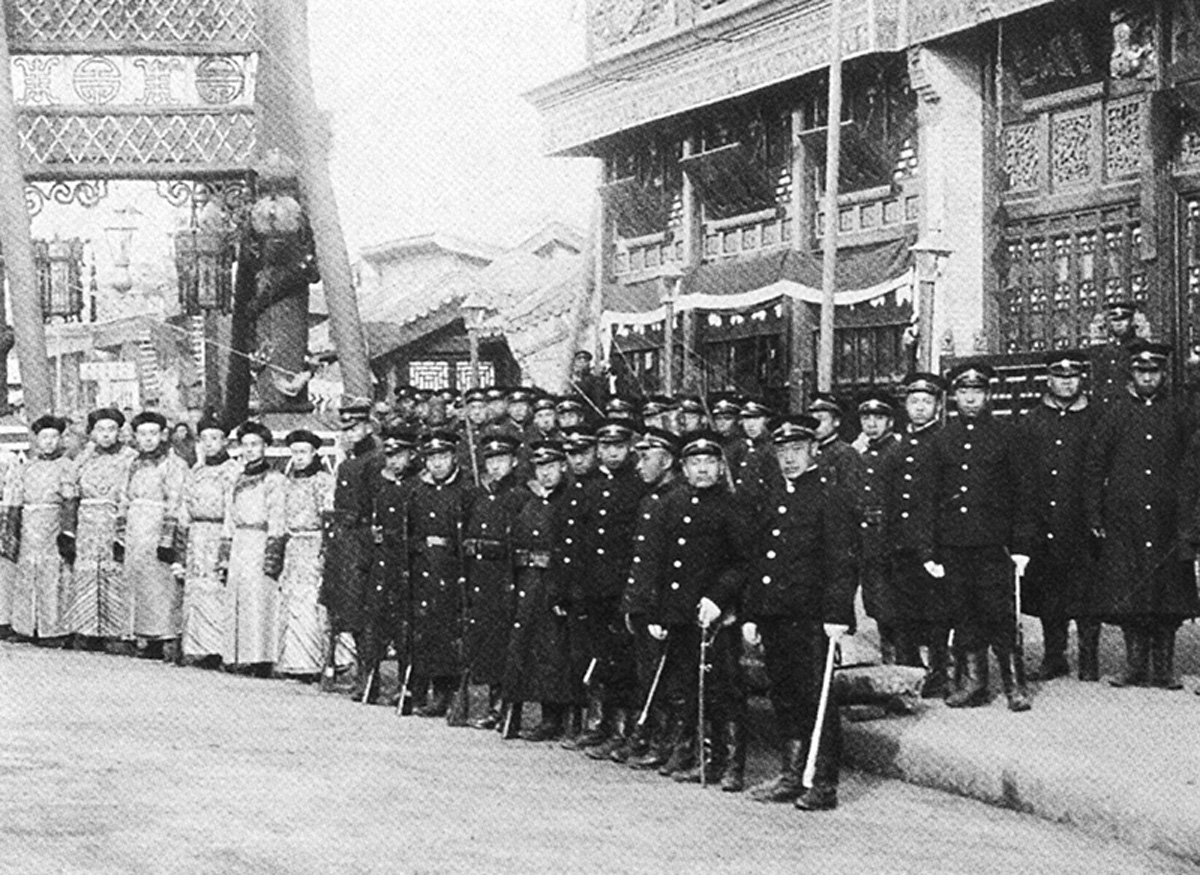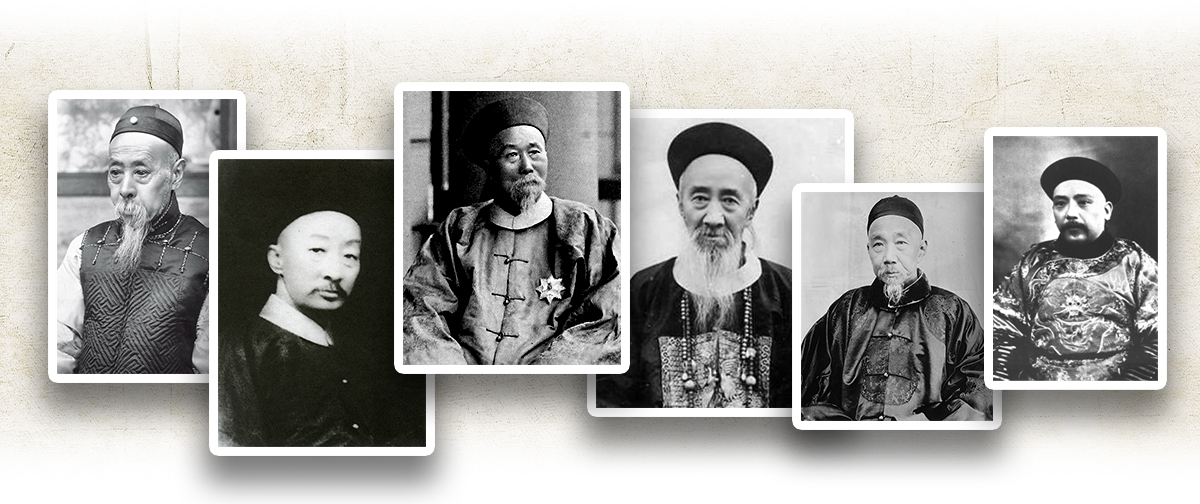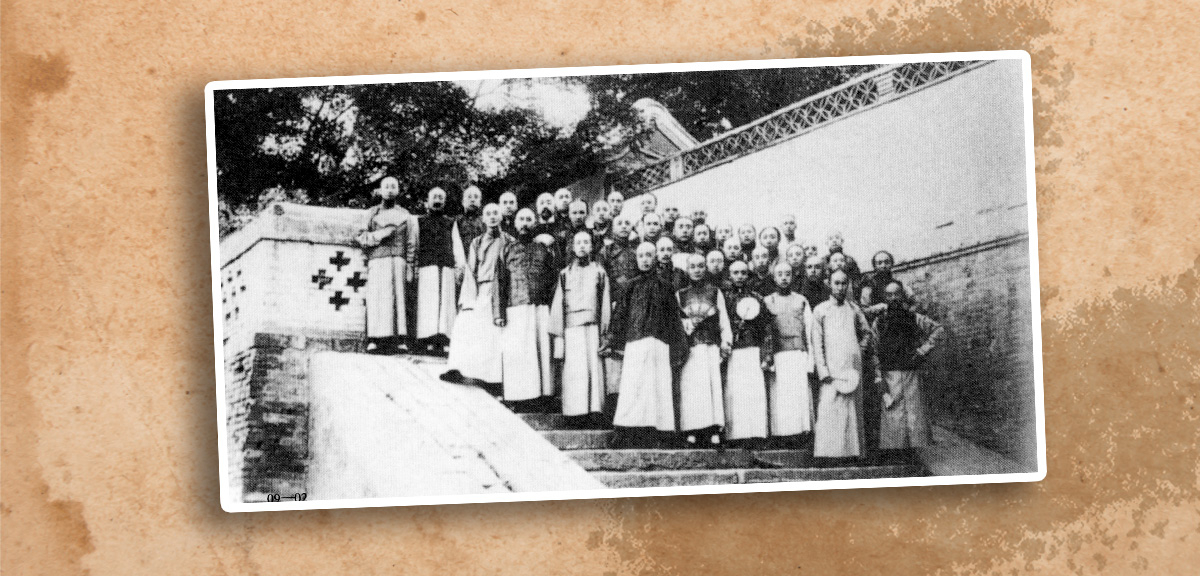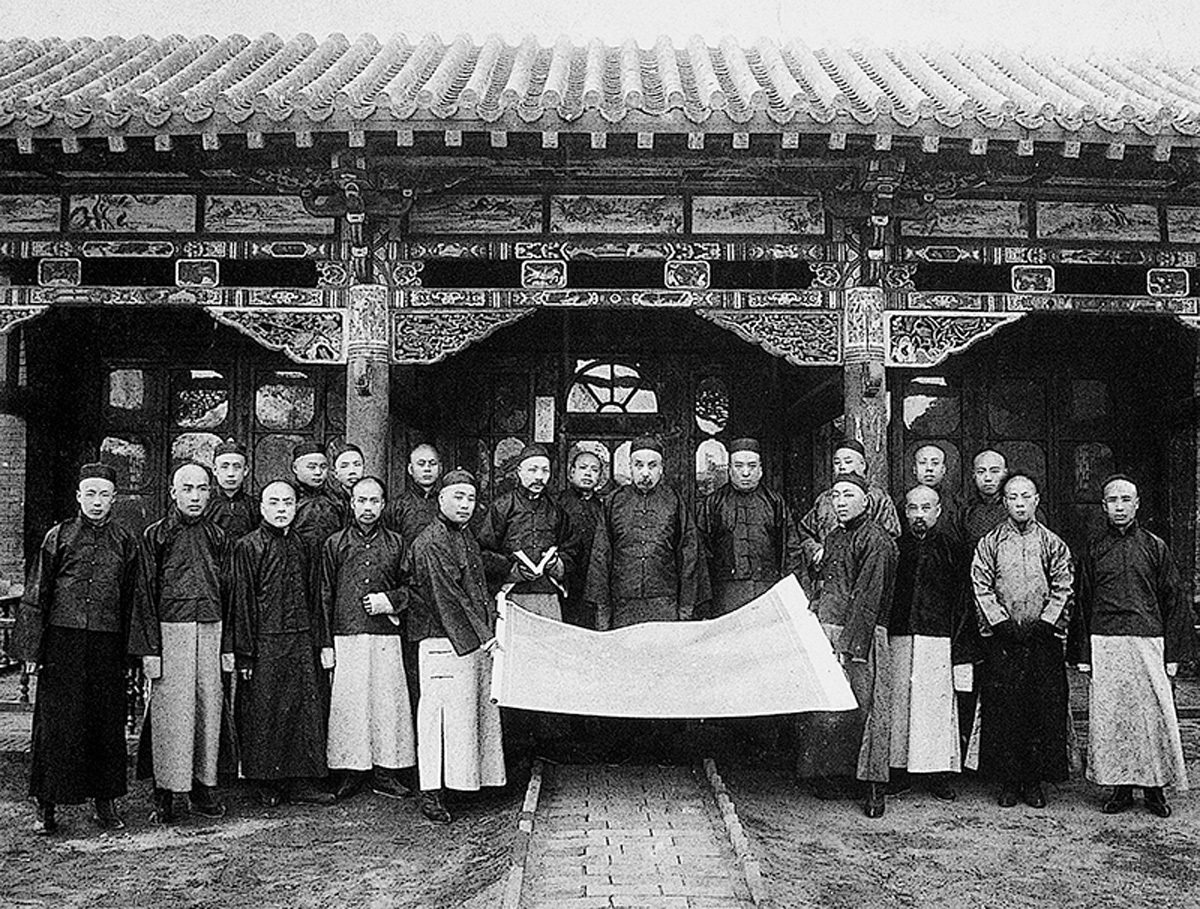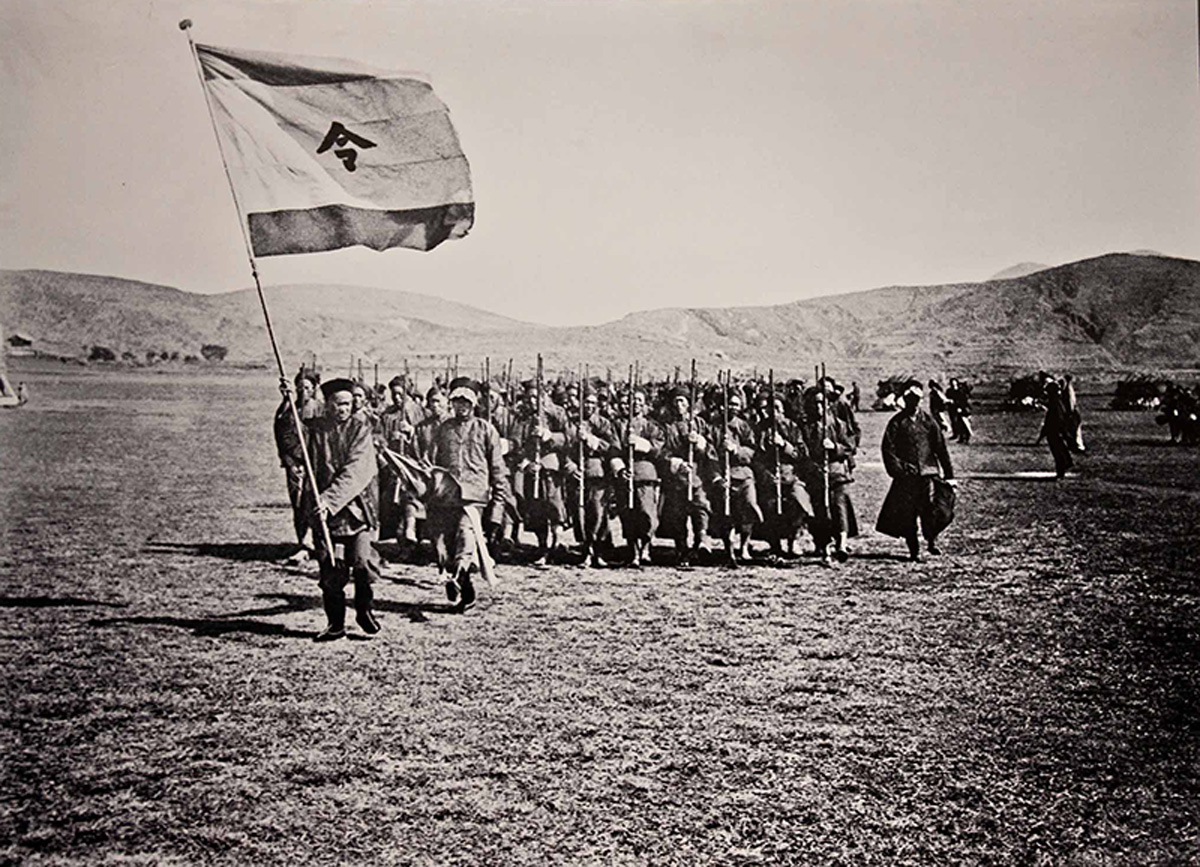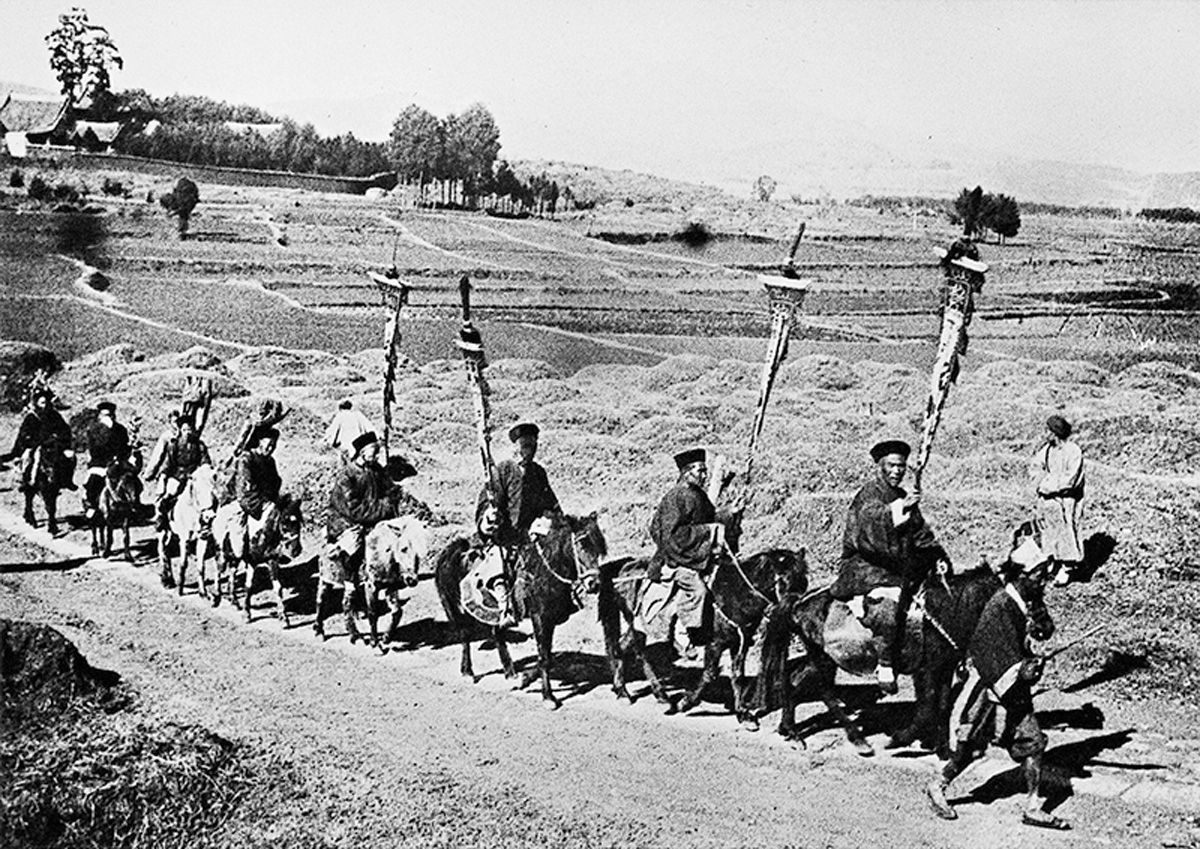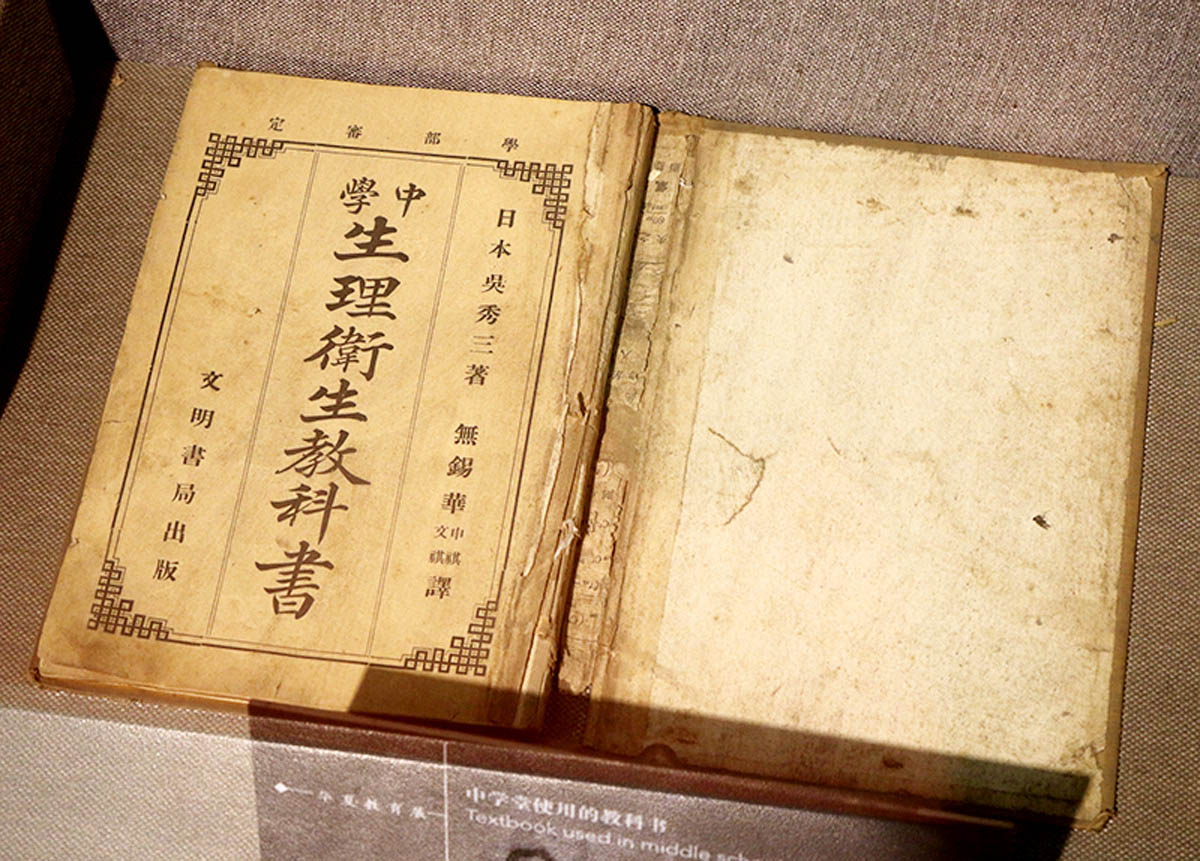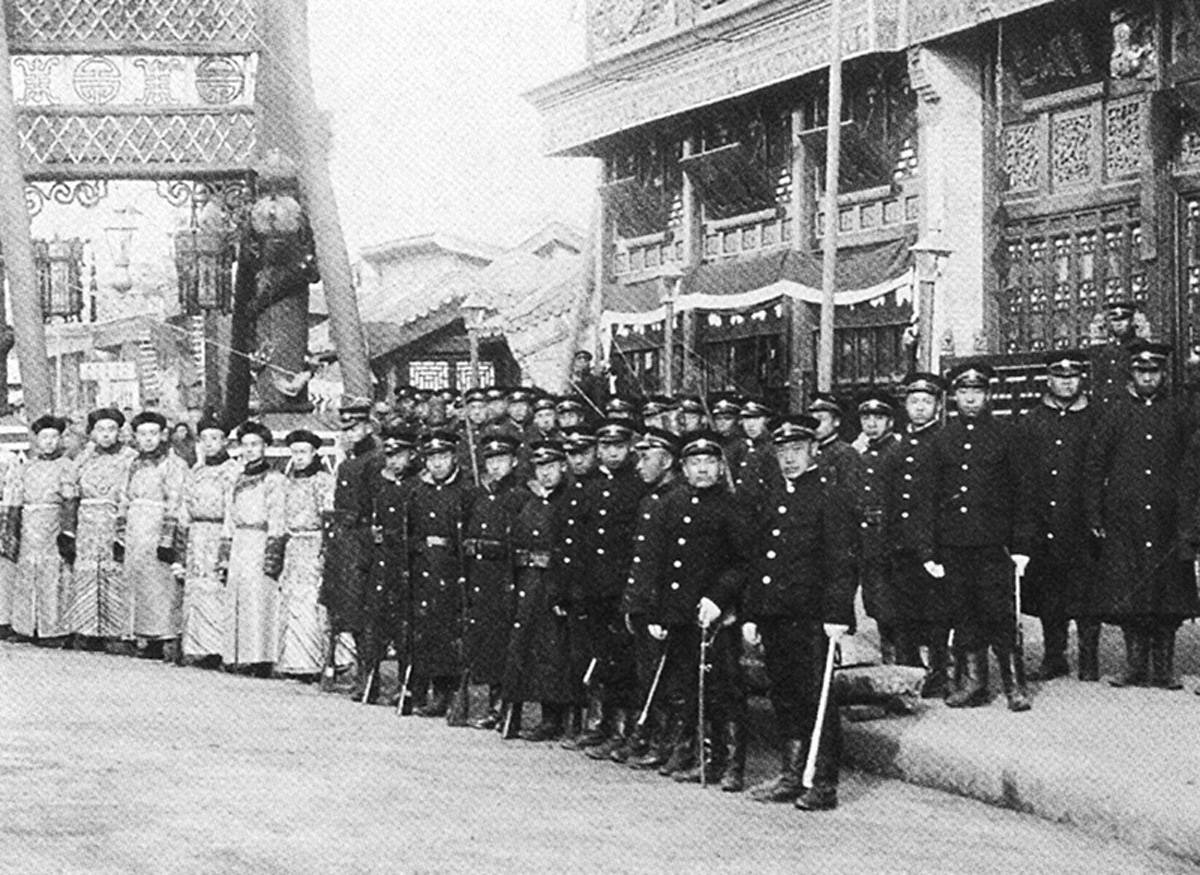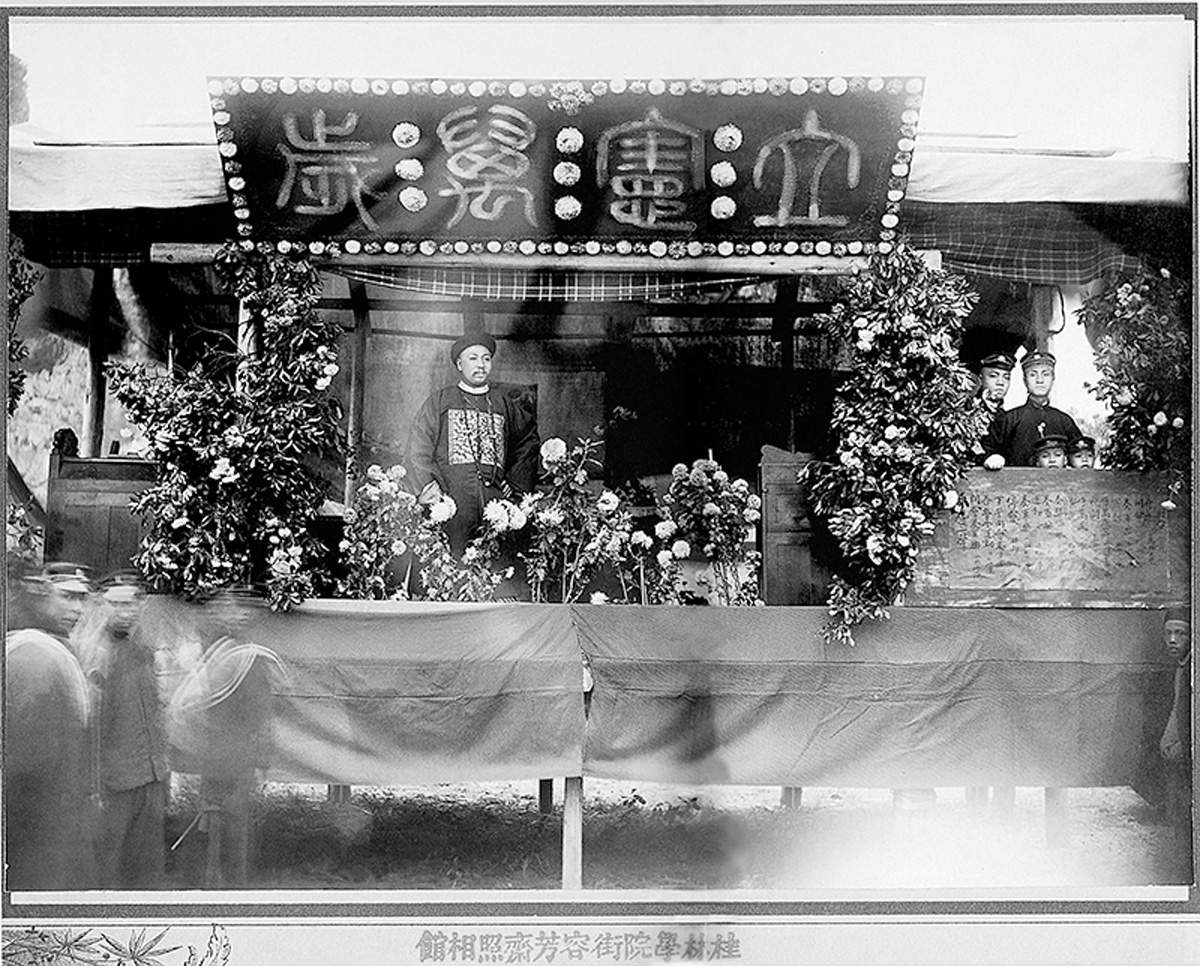The Boxer Rebellion and the invasion of the Eight-Nation Alliance did have one major accomplishment: they provided the impetus for initiating the Late Qing Reform (清末新政). These events forced the entire Qing government, from its de facto leader Empress Dowager Cixi (慈禧太后) downward, to acknowledge the international situation and China’s waning fortunes. Aware of the grim toll of war on the national economy, people’s livelihoods, and the stability of the Qing regime, reform was deemed necessary to save the dying dynasty. Meanwhile, disrupted by the upheaval, Chinese society, the national economy, and other aspects of life were no longer what they had been. Consequently, government policies had to be adjusted accordingly. Many prominent statesmen, particularly the governors of southern provinces who had supported the “Mutual Protection of Southeast China (東南互保)” initiative, were in favour of reform.
On 29 January 1901, in an imperial decree issued in Emperor Guangxu’s (光緒) name, Cixi ordered all officials with the rank of governor and above to discuss and report problems they perceived in court regulations, national policies, governance, people’s livelihoods, education and examination arrangements, and the military and fiscal systems. It also ordered the immediate establishment of a Superintendency of Political Affairs (督辦政務處). Headed by Yikuang (奕劻, also known as Prince Qing﹝慶親王﹞), the institute dedicated to the coordination and implementation of the new policies. Li Hongzhang (李鴻章), Ronglu (榮祿), Kungang (昆岡), Wang Wenshao (王文韶), and Lu Chuanlin (鹿傳霖) became superintendents. Liu Kunyi (劉坤一), Zhang Zhidong (張之洞), and later Yuan Shikai (袁世凱) were appointed as collaborative advisers. They would be responsible for overseeing all matters concerning the new policies. The new policies included bureaucratic reform, legal and constitutional reform, military reform, the promotion of economic development, and education reform.
|
|
In terms of the measures proposed, what are the similarities and differences between the Late Qing Reform and the Hundred Days’ Reform? |
|
|
See answer below. |
Troops of the Eight-Nation Alliance standing in formation outside the Gate of Divine Prowess (神武門) in August 1900 after capturing the Forbidden City (紫禁城). The Boxer Rebellion and the invasion of the Eight-Nation Alliance made it clear to the Qing government that it could only be saved by implementing holistic reform. The Late Qing Reform was thus initiated.
In April 1901, the Qing government established the Superintendency of Political Affairs to coordinate the reform and tasked princes and high-ranking officials with its management. Pictured are six of its more influential leaders. From the left: Yikuang, Ronglu, Li Hongzhang, Zhang Zhidong, Liu Kunyi, and Yuan Shikai.
Shortly after the Superintendency of Political Affairs was established, Li Hongzhang, Liu Kunyi, and Ronglu passed away in November 1901, October 1902, and April 1903 respectively. Among the remaining key members, Zhang Zhidong was almost seventy years old and the elderly Yikuang was incompetent for the task. Yuan Shikai, in his forties, rose to power.
Administrative reform was an important aspect of the Late Qing Reform. Pictured is a group photo of the officials of the Ministry of Revenue and Spending (度支部). Established in 1906, the ministry was responsible for the country’s fiscal oversight.
The Six Boards (六部) - the Board of Personnel (吏部), the Board of Revenue (戶部), the Board of Rites (禮部), the Board of War (兵部), the Board of Justice (刑部), and the Board of Works (工部) - were centuries-old government departments since the Ming dynasty (明朝). The Late Qing Reform dissolved them and reassigned their responsibilities within a revamped bureaucratic system. For example, fiscal oversight, originally the responsibility of the Board of Revenue, was entrusted to the Ministry of Revenue and Spending established in 1906.
A group photo featuring officials of the Ministry of Posts and Communications (郵傳部). Established in 1906, the ministry supervised the country’s postal system, naval administration, railways, and telegraph network.
The new army performing a drill. Setting great store by military reform, the Late Qing Reform revamped the formation and training of new armies and navies, and established the Ministry of the Army (陸軍部) and the Ministry of the Navy (海軍部) in 1906 and 1910 respectively in place of the Board of War.
A certificate issued to the Beiyang Luanzhou Government Mining Company Limited (北洋灤州官礦有限公司) by the Companies Registry (公司註冊局) of the Ministry of Agriculture, Industry and Commerce (農工商部). The ministry was established in 1906 to oversee all agricultural, industrial, and commercial activities with the aim of promoting economic development.
A procession of the Board of Justice officials during the late Qing dynasty. The board was responsible for judicial affairs until 1906, when the new Ministry of Law (法部) took over to expedite the launch of a new legal system.
A Japanese-authored textbook on health and hygiene used in secondary schools during the late Qing era. Under the new policies, China’s education underwent a complete transformation. It included the abolition of the imperial examination system, the renewal of the school curriculum, and the sending of students to Japan to study.
Police patrolmen in the late Qing era. In 1905, the Qing government established the Department of Police (巡警部). From thereon, a Western-style police force took over the responsibilities that had long been performed by bukuai (捕快, constables) at traditional yamens (衙門, government offices). In 1906, the Department of Police was established and placed under the purview of the Ministry of Civil Affairs (民政部).
In 1905, a gathering on constitutional reform was held in Guilin (桂林), Guangxi Province (廣西). A banner saying “All hail constitutionalism” was hung above the chairman’s podium. Constitutionalism was a key initiative of the late Qing political reform that carried a tremendous impact.
|
|
In terms of the measures proposed, what are the similarities and differences between the Late Qing Reform and the Hundred Days’ Reform? |
|
|
The Hundred Days’ Reform in 1898 included education and military reform that promoted the establishment of new-style schools and modern armies. In addition, there were economic reform that entailed the establishment of the Central Bureau for Railways and Mines (路礦總局), the Central Bureau of Agriculture, Industry, and Commerce (農工商總局), and provincial bureaux of commerce. There were efforts to promote industries, and established chambers of commerce and farmers’ associations. However, most of the new policies introduced were vague and ill-defined. While the measures proposed by the Late Qing Reform sprang from the same or a similar vein as the Hundred Days’ Reform, they surpassed their predecessors in breadth and depth. The Late Qing Reform encompasses a number of policies to promote economic development. The Six Specific Methods for Putting the Country’s Finances in Order (《清理財政明定辦法六項》) was promulgated to standardise revenue and expenditure data from central and local offices, centralise the management of foreign debt borrowing and payment, and certify private banks in all provinces to provide a clearer picture of China’s finance. A taxation reform was implemented as an attempt to create the first national budget. In addition, a currency reform was launched with the promulgation of the National Currency System Rules (《國幣則例》) which provided 24 new rules for standardising the weight and composition of silver and copper coinage. Various policies were put in place to spur railway development, promote industrial development, and encourage entrepreneurship. These included the Imperial Commercial Law of Qing China (《欽定大清商法》), the Concise Regulations for Chambers of Commerce (《商會簡明章程》) the Revised Concise Regulations Governing Railways (《鐵路簡明章程》), the Regulations for Rewarding Companies Owned by Chinese Merchants (《獎勵華商公司章程》), the Regulations for Mining Activities (《礦務章程》), the Temporary Regulations for Trademark Registration (《商標註冊試辦章程》), the Customs and Usages of Merchants (《商人通例》), the Company Code (《公司律》), the Bankruptcy Code (《破產律》), and the Provisional Bank Regulations (《試辦銀行章程》). The Late Qing Reform also took a big step forwards building and training modern armies and navies. Plus, by abolishing the country’s millennium-old imperial examination system and switching completely over to one based on a new-style curriculum, it revolutionised the education system. In conclusion, although both the Hundred Days’ Reform and the Late Qing Reform were launched with the political goal of establishing a constitutional monarchy, the latter took more concrete measures towards this objective. |
Source of most photos used in this feature piece: Fotoe




